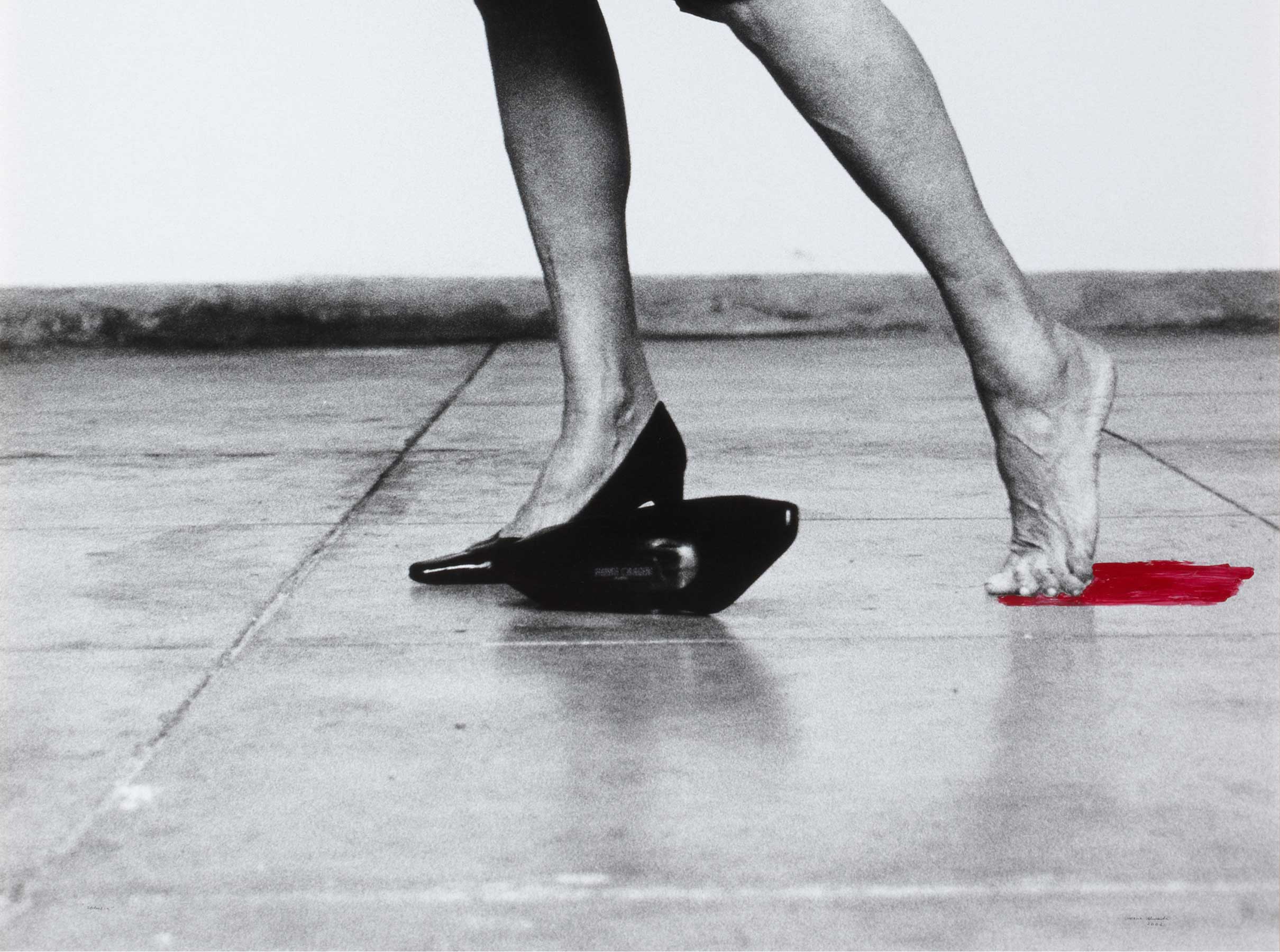Reloj patrón. Modelo Cristal Quartz [Master clock. Cristal Quartz Model]
- 1978
- Injection-molded plastic, electronic components, aluminum
- 33 x 24,5 x 9,5 cm
- Cat. R_160
- Observations: Made in France
This type of clock was essential in buildings and factories where it was vital to display the exact same time in different rooms, ensuring synchronization across various places. Achieving this with independent clocks was not feasible, as each one, even of the same model and manufacturer, would have slight mechanical variations making it impossible for all the clocks to maintain the same time.
The solution implemented involved using a single master clock to regulate and maintain time, whether through a mechanical winding mechanism, electricity, or eventually quartz oscillators. These master clocks would then transmit the time signal to secondary or slave clocks. The advantage of this method was that any time adjustments made on the master clock were transmitted automatically to the other clocks.
Initially, the time signal was transmitted mechanically, requiring the master clock to be placed in a specific location, with the secondary clocks positioned nearby. This system was commonly used in railway stations, allowing a single clock to display the same time across different dials, though typically in a limited number of locations – usually fewer than four.
At the end of the 19th century, master clocks began transmitting information via electrical impulses. This allowed for greater flexibility in clock placement and the ability to connect a larger number of clocks simultaneously.
The operation was straightforward: each electrical impulse generated by the master clock was received by the secondary clock, moving the hands proportionally to the impulse received. In the early days, clocks only had hour and minute hands. The slave clock had a very simple mechanism, usually a copper coil with an iron core that became magnetized when it received an impulse, producing movement that was transmitted to the hands. Depending on the precision required, these impulses were sent at different intervals, with one-second intervals being the most common, as this matched the typical time for a single oscillation in pendulum clocks.
The introduction of electronics significantly enhanced the precision of both master and secondary clocks, simplifying their mechanisms and increasing possibilities for adjustment, though the original impulse system remained the same.
The clock here offers two options for transmitting information: the standard one impulse per minute or a second option of 16 impulses per minute, switchable directly on the clock’s dial by pressing one button or the other.
The time synchronization of master clocks needed to be done with more accurate clocks or through external time signals. One of the most commonly used signals was generated by the Real Observatorio Astronómico in Madrid, broadcast every hour via numerous radio stations. These signals were known as “time beeps,” which are still heard on some radio stations today.
Other works by BODET S.A.

![Reloj patrón. Modelo Cristal Quartz [Master clock. Cristal Quartz Model]](/f/webca/INF/assets/img/fff.png)